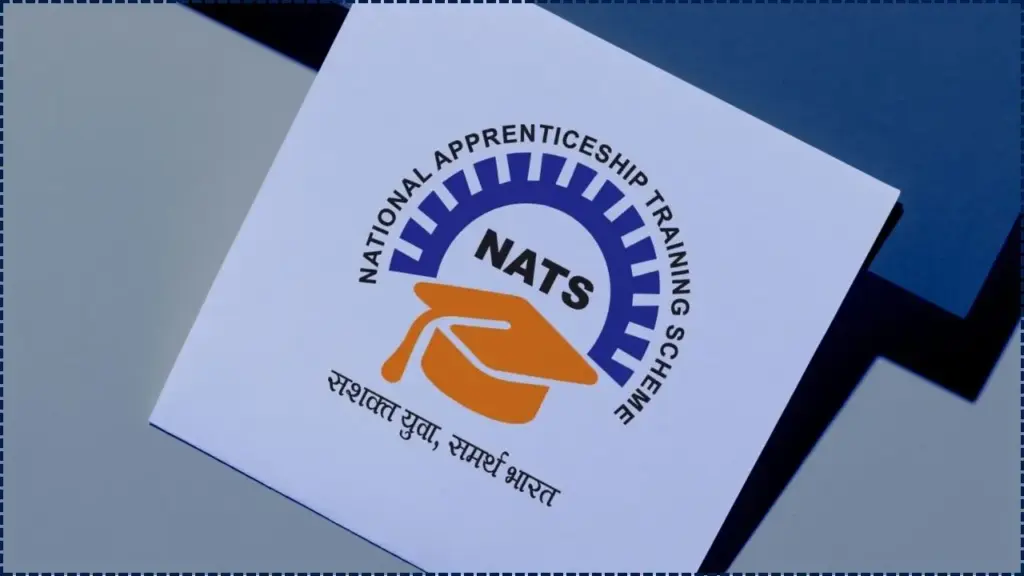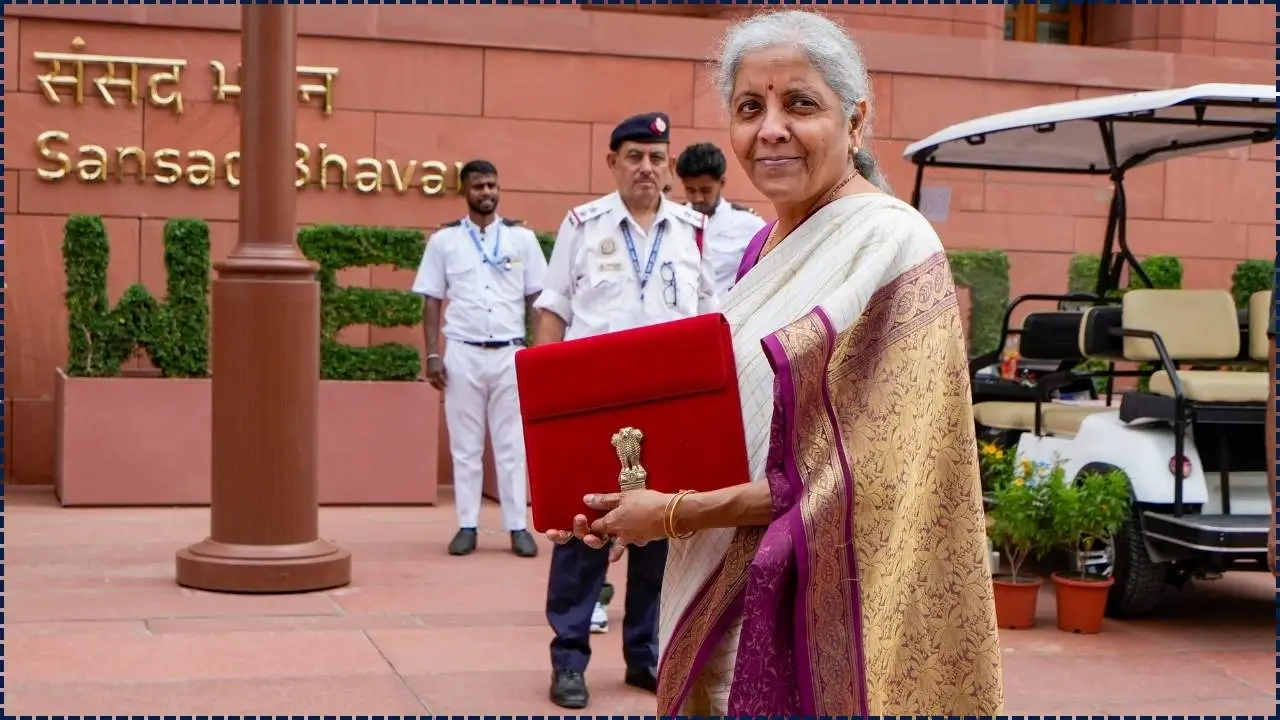The National Apprenticeship Promotion Scheme (NAPS) stands as a vital, compassionate initiative by the Government of India, dedicated to unlocking the potential of the nation’s youth by offering a dignified “earn-while-you-learn” pathway. This scheme humanizes the transition from education to employment.

Ensuring that aspiring apprentices, regardless of their economic background, gain invaluable real-world experience and essential skills without enduring financial hardship, as they receive a stipend while undergoing industry-specific training accessible through the streamlined Apprenticeship India portal.
Table of Contents
What Is NAPS / National Apprenticeship Training?
NAPS is a central government scheme under the Apprentices Act, 1961, implemented by the Ministry of Skill Development and Entrepreneurship (MSDE) to promote apprenticeship training across India.
The National Apprenticeship Training Scheme (NATS) complements NAPS by offering on-the-job training in designated trades, particularly for graduates, diploma holders, and vocational certificate holders.Under NAPS, the government provides partial stipend support to establishments to encourage apprenticeship hiring.
Recent Developments & Scale of the Scheme
According to a Press Information Bureau (PIB) update (August 2025), India has engaged more than 41.95 lakh apprentices through NAPS from FY 2018-19 to July 2025. The current plan (NAPS-2) sets a target of 13 lakh apprentices for FY 2025-26.
In 2025, the government proposed a 36 % hike in stipends under NAPS and NATS and recommended linking stipend revisions to the Consumer Price Index (CPI) to better align support with inflation.
Who Can Apply — Eligibility Criteria
To register as an apprentice under NAPS, the following conditions generally apply:
- Age and education: Candidates aged 14 years and above (18 years in hazardous industries) who meet educational/trade-specific qualifications.
- Trade matching: Applicants must apply for apprenticeship opportunities in designated trades or optional trades on the portal.
- No prior training requirement: For many trades, freshers (who have not undergone formal trade training) are eligible.
- Establishment conditions: Employers (establishments) must be registered on the apprenticeship portal and meet statutory requirements (e.g. workforce size).
Note: Registration under NAPS does not guarantee employment; it provides a contract training opportunity.
National Apprenticeship Scheme Apply Guide
1. Access the Apprenticeship India Portal
Visit apprenticeshipindia.gov.in, India’s official apprenticeship portal.
2. Register as a Candidate
Use a valid email, mobile number, and Aadhaar. Complete e-KYC as required.
3. Complete Your Profile
Enter personal details, educational qualifications, bank information, trade preferences, and upload relevant documents.
4. Browse Apprenticeship Opportunities
Use filters like state, trade, employer to view available roles. (apprenticeshipindia.gov.in)
5. Apply to Suitable Listings
Submit applications for roles matching your qualifications and interest.
6. Accept Apprenticeship Offer & Sign Contract
If selected, accept the offer, digitally sign the apprenticeship contract, and commence training.
7. Undergo Training & Assessment
Training combines Basic Training (theory/practical) and On-the-Job Training (OJT) at host establishments. At completion, apprentices may appear for a trade test and obtain certification. (nats.education.gov.in)
Financials: Stipend & Support
Under NAPS, the government reimburses 25% of the prescribed stipend to the establishing organization, capped at ₹1,500/month per apprentice. (Press Information Bureau)
Basic training providers may also receive reimbursement up to ₹7,500 for training costs in certain circumstances. (nsdcindia.org) The proposed 36 % stipend increase aims to raise stipend ranges from ₹5,000-9,000 to ₹6,800-12,300, indexed with inflation. (Press Information Bureau)
Payments to apprentices are made via Direct Benefit Transfer (DBT) to their bank accounts. (Press Information Bureau)
Related Links
PM Svanidhi Yojana: How Street Vendors Can Get Financial Support from the Government
Central Government Announces New Monthly Assistance Scheme for Citizens — Check Eligibility Details
Delhi Government’s Free Public Transport Scheme for Women – Everything You Need to Know
Advantages & Challenges
Benefits
- Skill-building with real exposure in industry settings.
- Stipend support ensures apprentices earn while learning.
- Bridges skill gap: Aligns training with industry demand.
- Improves employability: Hands-on experience helps students transition to full jobs.
Challenges
- Quality of training: Consistency across diverse regions and establishments.
- Dropouts: Ensuring retention through motivation and support.
- Infrastructural gaps: Especially in rural or remote areas lacking industry presence.
- Verification and fraud: Maintaining integrity in registrations and contracts.
Dr. Asha Mehta, vocational training expert at the Indian Institute of Skills Research, cautioned: “NAPS has strong intent, but effective oversight and infrastructure will determine its real impact in scaling quality apprenticeships across India.”
Looking Ahead
The government is pushing to reach 50 lakh apprentices cumulatively under NAPS/NATS. With the stipend hike proposal and expansion into emerging sectors like IT, biotech, renewable energy, the scheme’s attractiveness may further rise.
As the scheme evolves, prospective apprentices should stay updated periodically on portal announcements and new trade listings.
















